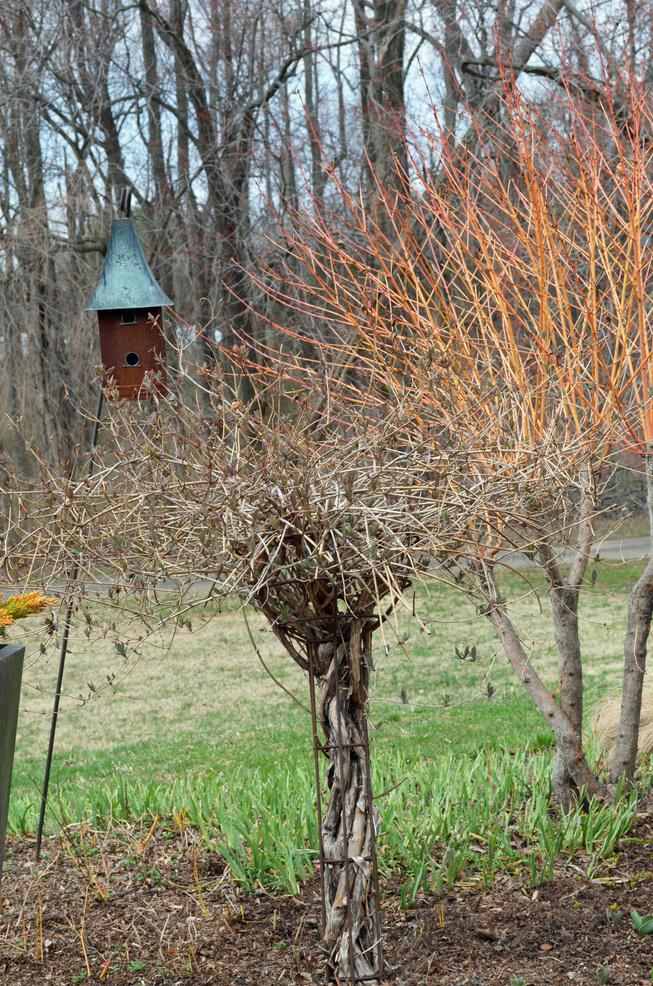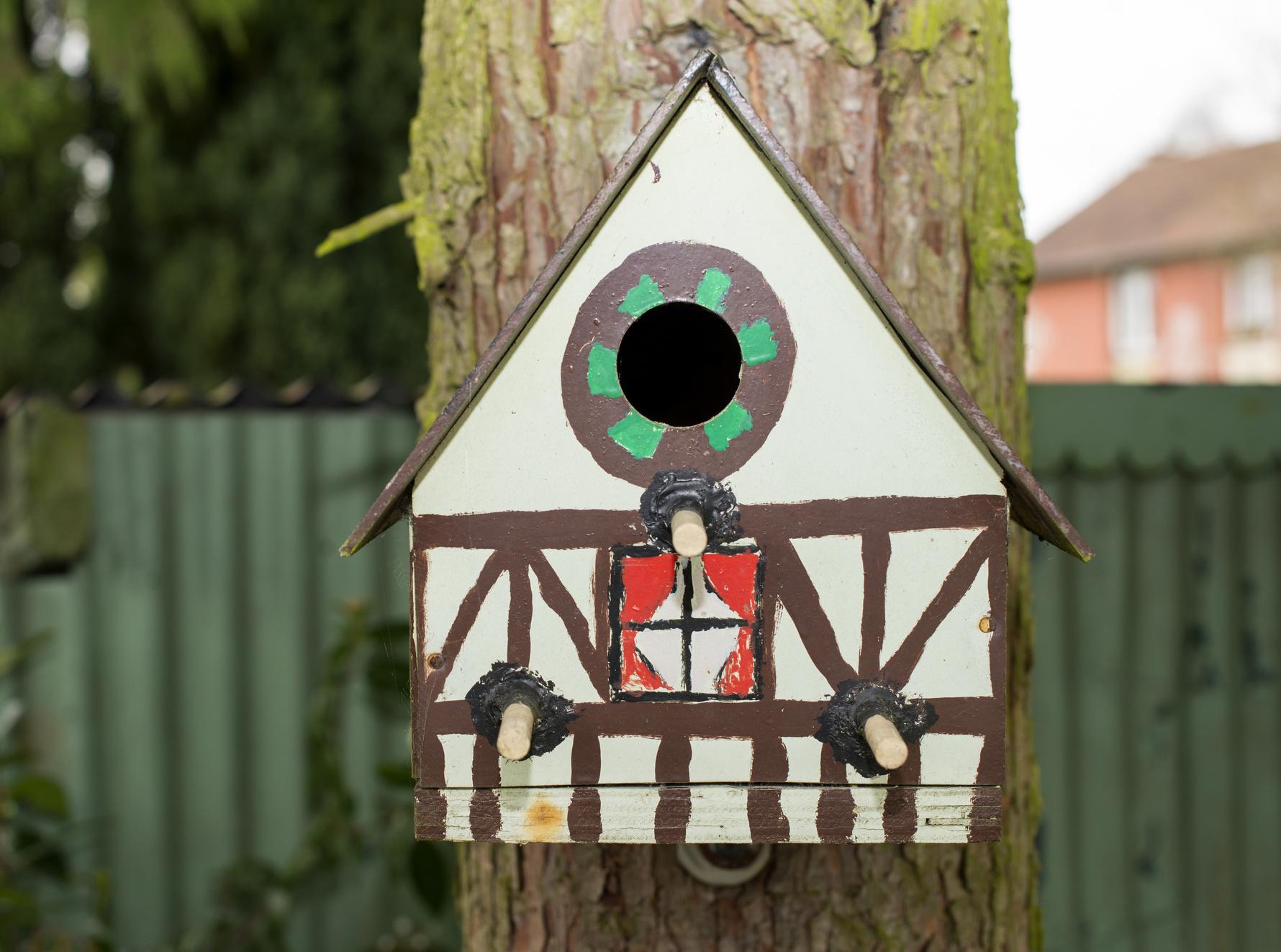
2 minute read
1890NativeSongbird PopulationRecovery Project
Today, we have the pleasure of speaking with Linda Sapp, FAMU Cooperative Extension Agent in Agriculture & Natural Resources, to talk about her exciting work with the 1890 Native Songbird Population Recovery Project which is part of our Senior Living extension programming Linda provided us with details about the project and the direction she would like it to go
FAMU EXTENSION: How did the 1890 Native Songbird Population Recovery Project come about?
Advertisement
LINDA: I attended the 2022 Association of Extension Administrators (AEA) Conference and attended a session called "Two Birds, One Stone: An Urban Environmental Science Education You Spotlight Program" with speaker Roosevelt Robinson, an Urban Regional Extension Agent from Alabama A&M University.
FAMU EXTENSION: Can you tell me a little about the session you attended at the AEA Conference?
LINDA: The session explored the fascinating world of backyards and neighborhoods, focusing on providing suitable nesting sites for declining bird populations The session covered identifying common backyard cavity-nesting birds, selecting and assembling man-made nest boxes, safely managing and monitoring nest boxes, and attracting native songbirds to your backyard
FAMU EXTENSION: In your previous response, you used the term nesting site or nesting cavity. What is a nesting site or nesting cavity?
LINDA: A nesting site or cavity is essentially a birdhouse.

FAMU EXTENSION: And how are nesting cavities built?
LINDA: The birdhouses are built by our senior program participants. After the birdhouses are complete, they are maintained at the participant's home.
FAMU EXTENSION: How are the nesting cavities or birdhouses maintained?


LINDA: The participants observed the type of bird that visited the nesting cavity. I would also check to see if any birds visited. After determining what kind of bird visited the nesting cavity and how long they stayed, the birdhouses are cleaned and ready for the next bird. We also have sessions for participants to prepare them for the next step in maintaining and managing their birdhouse.
FAMU EXTENSION: Who are the partners involved in this project?
LINDA: The partners involved in this project are the Urban Environmental Science Education Program (UESEP) and Virginia Caples Lifelong Institute of Alabama A&M University, the Smith-Williams Senior Service Center, and Florida A&M University Cooperative Extension
FAMU EXTENSION: How did you involve SmithWilliams Senior Service Center?
LINDA: FAMU Cooperative Extension has a gardening partnership with Smith-Williams I discussed the sessions addressed at the AEA Conference with them, and it was easy to approach them with the project idea I informed them that FAMU Cooperative Extension would provide the nesting box supplied, and they would only need to assemble them
FAMU EXTENSION: Will you involve more senior partners in this project?
LINDA: Yes, I am hoping to involve the Apalachicola Senior Center in Apalachicola, Florida I will be setting up a meeting with them to discuss the 1890 Native Songbird Population Recovery Project
FAMU EXTENSION: Were the seniors at SmithWilliams pleased with their man-made nesting boxes?
LINDA: The participants at Smith-Williams were quite pleased with their man-made nesting boxes.
FAMU EXTENSION: If someone wanted to contact you about the 1890 Native Songbird Population Recovery Project, how can you be reached?
LINDA: I can be reached by phone at 850-412-5258 or by email at linda sapp@famu edu
-Linda Sapp, Community Resource Development Agent













